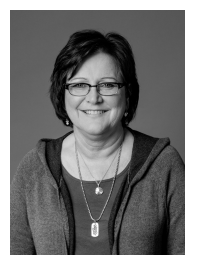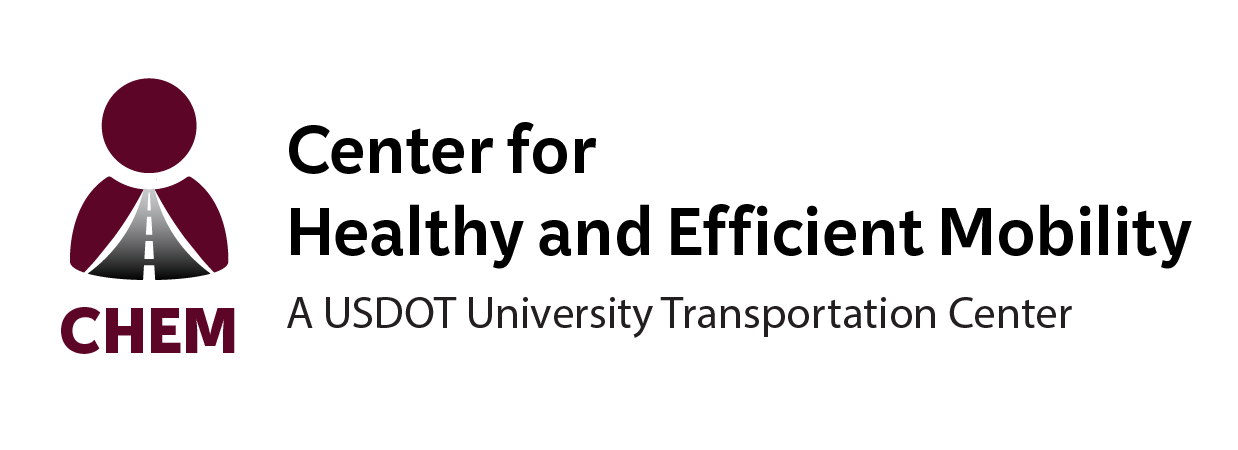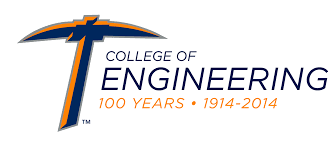 Jane Macfarlane, PhD
Jane Macfarlane, PhD
The University of California, Berkeley Institute of Transportation Studies and Lawrence Berkeley National Laboratory
Increasing populations, new modes of on-demand transportation and changing demand patterns for goods deliveries in our cities are crippling our transportation infrastructure. In 2018, the US had three cities in the top five congested cities in the world – which accounts for a collective economic cost of $62B for just these three cities. The additional energy use associated with this congestion contributes to the growing consumption of fossil fuel. Designing transportation solutions for real-world urban scale systems has mostly been accomplished with very limited analytics because of the very complex dynamics and interacting constraints that affect this flow of goods and travelers. Traffic assignment models and simulation are the traditional tools that city planners use, however, the computational scale mediates the effectiveness of these tools. Planners are forced to reduce the complexity of the problem (eg. create smaller networks, or aggregate and reduce demand models) to be able to run the tool in a reasonable time. New large-scale computational capabilities (e.g. cloud computing and supercomputing), data analytics (e.g machine learning and intelligent data compression) and modeling (e.g. dynamic traffic assignment and agent-based modeling) that scales in both time and space are now possible. By combining data from real-world sensors and very large road network models, both optimization analytics and emergent behaviors from large scale agent models can be used to build our understanding of urban scale problems. This discussion will focus on the real-world issues of handling geospatial data at scale and the use of large-scale computing to address urban scale dynamic models that can be used to examine emergent behavior under a variety of conditions.
Jane Macfarlane is the Director of Smart Cities and Sustainable Mobility at the University of California at Berkeley. Dr. Macfarlane has over 30 years of experience in high-performance computing, data analytics, and geospatial mapping. For a large part of her career, she has been responsible for directing industry research. Including Chief Scientist and Head of Research for HERE – a leader in geospatial mapping, Vice President of Process Engineering at Imara – a lithium-ion battery company, and Director of Advanced Technology Planning for OnStar at General Motors – the first at-scale, telematics solution in the US. Her research focus is on semantic analytics, big data analytics and visualization, contextualization of data streams and spatially distributed computing. Her thesis work focused on Dynamic Systems Understanding using an assumption-based truth maintenance system and symbolic analysis. She has authored over 26 patents, primarily in the domain of geospatial data analytics. She holds a Ph.D. in Mechanical Engineering from the University of Minnesota. Currently, she is leading a DOE National Laboratory effort across three national labs focused on the use of High-Performance Computing and big data in transportation systems.
Seminar Recording | PowerPoint Slides




